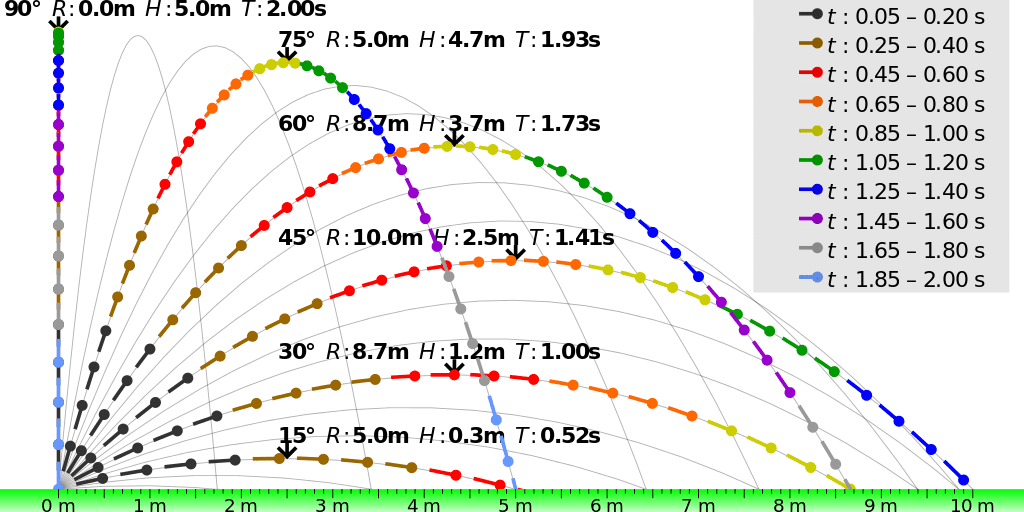As we near the halfway point of the MLB season, fantasy seasons are coming into focus. Owners should now have a fairly good idea of where they stand moving forward. Even so, waiver wire and trade management remain as high a priority as ever. Today, we go over a veteran hitter whose launch angle changes make him a completely different hitter and a young pitcher whose recent run prevention numbers might obscure an otherwise promising profile.
Daniel Descalso’s Launch Angle Changes
The Diamondbacks have been abysmal over the past few weeks, going 8-19 in May after a fantastic start to the season. Daniel Descalso is a 31-year-old infielder who has not eclipsed 450 plate appearances in any of his nine Major League seasons. Take these factors together and it would be easy to overlook the fact that Descalso has been one of baseball’s top 20 hitters since the start of May with a .289/.388/.578 line that places him alongside Anthony Rizzo and Nolan Arenado. Take a deeper look and it becomes clear that Descalso’s launch angle changes warrant a second look.
Descalso’s Statcast data screams of his involvement in the fly ball revolution. Consider his fly ball rates from the past four seasons, respectively: 18.8%, 18.2%, 26.5%, 35.4%. His recent launch angle changes tell an even starker story. Descalso’s average launch angle this season is 21.2°, which ranks sixth-highest among hitters with 100 plate appearances. For his career, Descalso’s average launch angle is a much closer-to-average 13°.
Launch angle changes, even this extreme, are not sufficient on their own to produce a power spike, though. A hitter also needs to hit the ball hard, preferably to his pull-side. Descalso has done both.
His average exit velocity is at its highest mark of the four years of Statcast tracking at 89.2 MPH. That’s by no means elite — Descalso will never be Aaron Judge — but it is above average and more than conducive for a hitter consistently elevating the ball.
Further, Descalso has also pulled the ball more (both in general and on fly balls) than ever before and pulled fly balls are always conducive to hitting for power. Descalso has resembled a real power threat this season and it’s tough to believe that this was by accident.
Perhaps the most remarkable aspect of Descalso’s profile, though, is that his contact rate has not meaningfully changed.
Often, players are forced to balance contact versus power; it is rare for a player to meaningfully up his power output without giving some of those gains back in strikeouts. Descalso’s contact rate has fallen somewhat as he’s gotten older, but this season has not seen him suffer through any strikeout plagues. His swinging strike rate has not meaningfully changed this year and his strikeout rate has increased by fewer than two percentage points. All told, Descalso has pulled off a rare feat, overhauling his approach to tap into never-before-seen power without adding much swing-and-miss to his game.
Can he sustain this? That remains to be seen. The projections aren’t buying in just yet, with Fangraphs’ depth charts forecasting a meager .399 slugging percentage going forward.
Given the changes to Descalso’s batted ball profile, though, it seems prescient to take the over on those projected power numbers. Pitchers will adjust, of course. Descalso has shown some difficulties covering the outer half of the plate this year, which makes some intuitive sense if he’s targeting pitches he can elevate to the pull side. To this point, pitchers haven’t adjusted, continuing to work Descalso as they have in the past. Now that he’s a legit threat at the dish, they may be more careful.
Still, Descalso’s always had a patient approach, and we’ve seen players at his age sustain these kinds of changes in recent years. It’s at least worth it for all owners to try to buy high and see if Descalso’s launch angle changes persist long-term.
The idea was floated by https://t.co/84OkYPsYsR, so @RandallPnkFloyd examined whether Daniel Descalso is worthy of All-Star consideration: https://t.co/M5zT93qYmg
— Venom Strikes (@VenomStrikes) June 9, 2018
Jack Flaherty’s Struggles Masking a Breakout in Progress
Flaherty’s given up 10 runs over his last 10 innings, including six runs in five innings on Wednesday against Miami (hardly an offensive juggernaut), so this might be a strange time to extol his virtues.
Still, in his last two starts, he’s struck out 11 against a lone walk.
Flaherty’s slider continues to generate whiffs at an elite rate and the recent injury to Alex Reyes could prove beneficial to job security going forward. Most importantly, Flaherty soaked up 170 innings across three levels in 2017, so he should have ample mileage remaining on his arm, having only tossed 71 innings so far this season.
St. Louis’ disastrous bullpen might cost Flaherty wins, and he’ll obviously need to reign in his ball-in-play results, but this is a young pitcher with plus command, three legitimate pitches, and a potentially elite slider.
He’s got the stuff. He’s got a strong performance track record. And he shouldn’t deal with innings limit questions for quite some time.
Flaherty is a must-own in all leagues and he’s worth exploring via trade in both redraft and dynasty leagues.
Finalizing your lineups for the coming week? Check out our Waiver Wire Pickups and Two-Start Pitcher Recommendations for a little extra boost.

